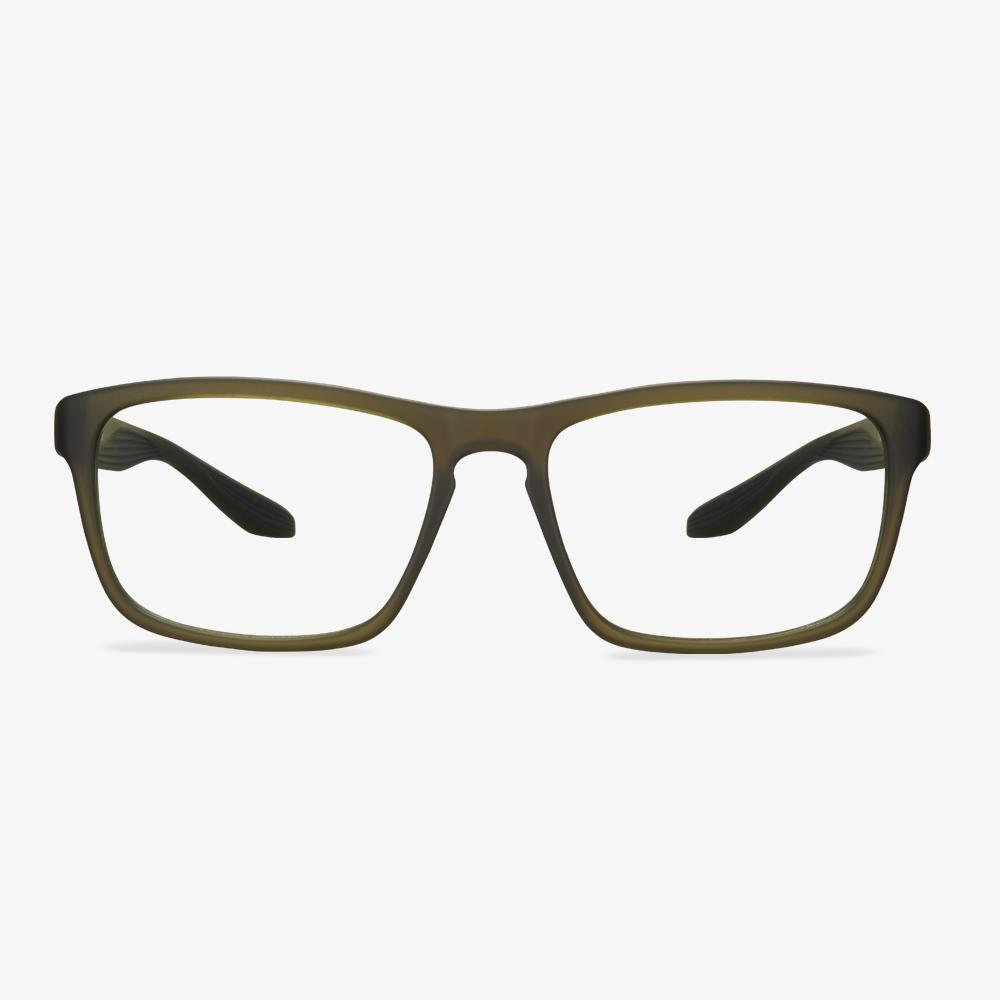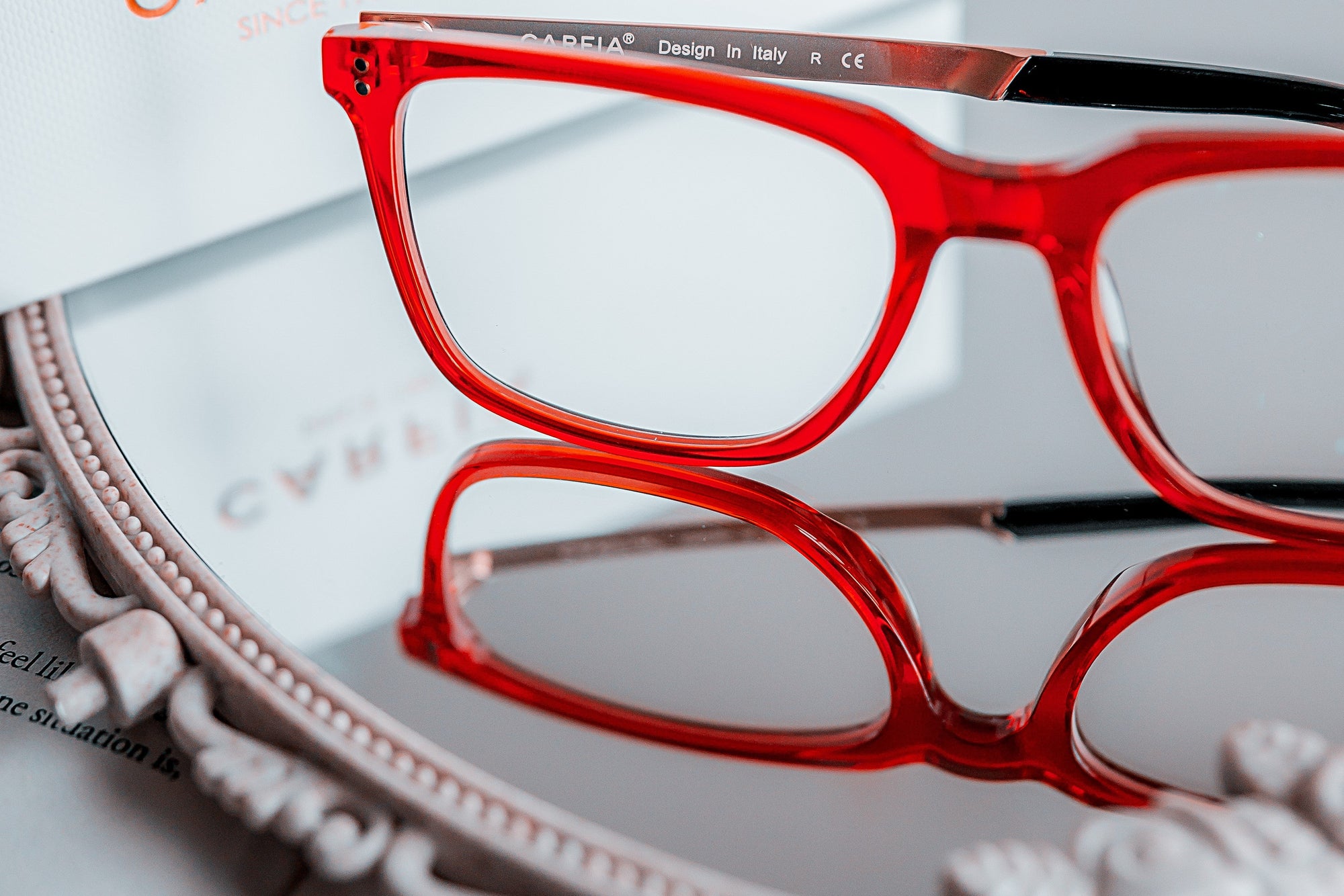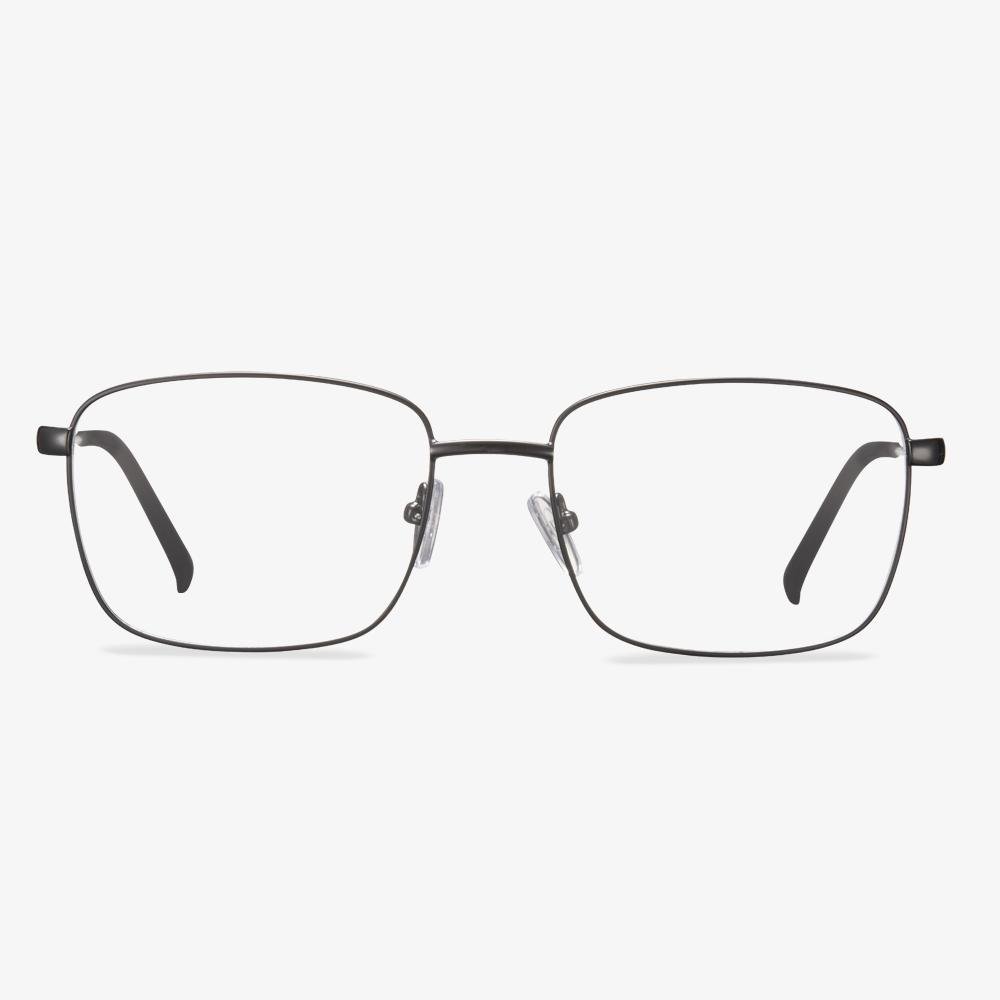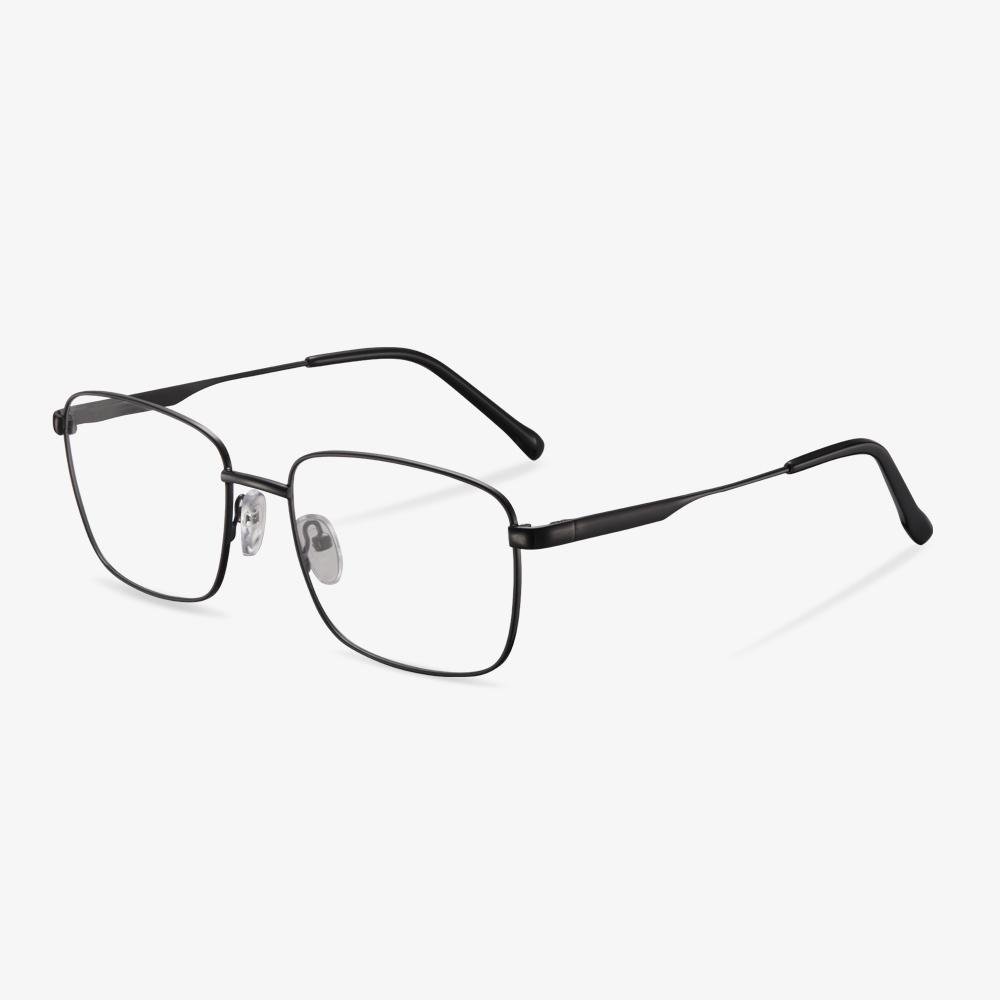Transition Lenses Problems
Here, we will show you some common transition lenses problems.
Transition lenses are typically embedded with photo-sensitive chemicals or coated with similar films that produce the shading effect when exposed to light. This process makes the lens more expensive to manufacture and focuses on prescription glasses, thus raising the transition glasses cost. The transition lenses cost may be twice of the regular glasses lenses.
When you are driving with the transition glasses, they will fail to work. Car windshields typically come standard with anti-glare effects or films and laminates that break up some of the direct sunlight that enters the vehicle. This will reduce the transition lens effects, causing them to register a non-lit condition when the direct sunlight can actually be very bright.
Why do you need rimless glasses?
Traditional full-frame glasses can sometimes make your face look heavy, especially if the lenses are thicker. Rimless glasses can replace heavy frames without weight from the rims. This reduces the pressure on the nose pad, making your face feel lighter and more comfortable.
What to consider when buying eyeglasses?
Usually, people with lighter skin tones choose lighter color frames, while those with darker skin tones choose dark color frames. For example, people with lighter skin tones can choose soft pink frames, tortoiseshell frames, or gold and silver frames, while those with darker skin tones can choose red, black, or tortoiseshell frames.
What is the processing technology to make the lens thin?
For myopic lenses, the larger the diameter, the thicker the edge. Therefore, for customers with high myopia, we will recommend frames with smaller ring diameters, so that the edges of the processed lenses will be thinner. The edges of farsightedness lenses are already very thin (convex lenses are thick in the middle and thin on the sides), and the key determinant of lens thickness is the center thickness. In addition to the refractive index, which affects the thickness of the farsightedness lens, the influence of diameter is more important. Therefore, for patients with farsightedness, the most effective way to make lenses lighter and thinner is to choose a smaller frame and then customize a pair of lenses with the right diameter.
Which are better, elastic or inelastic frames?
The more elastic the frame, the better, because only good elasticity can be naturally worn on the face, not sliding. It is comfortable. On the contrary, when you wear it, the temples are open. Because without elasticity, they can't go back to their original state. When you put it on, it creates a feeling of slipping and sagging. We often see that some people repeatedly with hand glasses. This is this problem. In order to pursue good elasticity, high elastic materials such as titanium and stainless steel are widely used in the production of spectacle frames.
Understand the basic knowledge of prescription of glasses
The prescription mainly includes the refractive status of the eye, degree of correction required, pupil distance, and the purpose of using the lens. Nowadays, there are many brands and varieties of glasses. Glasses are usually classified according to the material, structure, and use of the lens. Most of the glasses in the prescription are classified by structure. Nowadays, single vision glasses and multi-focal glasses are mainly used, and multi-focal glasses include bifocal glasses, three-lens glasses, and progressive multifocal lenses.
Why the lens coating is not uniform?
Sometimes we find differences in the color between the convex and concave surfaces, between the center and the edge of the lens, and the anti-reflection effect between the convex and concave surfaces. his is mainly because the lens coating is that it is plated on one surface and then turned over to another surface. And Areas with small curvature changes are easy to coat. So the center of the lens has reached the desired thickness of the film but the edge has not. At the same time, the different curvature of the convex surface and concave surface causes the different coating speed. So the surface of the lens will show green in the center and lavender red or some other color at the edges.











































